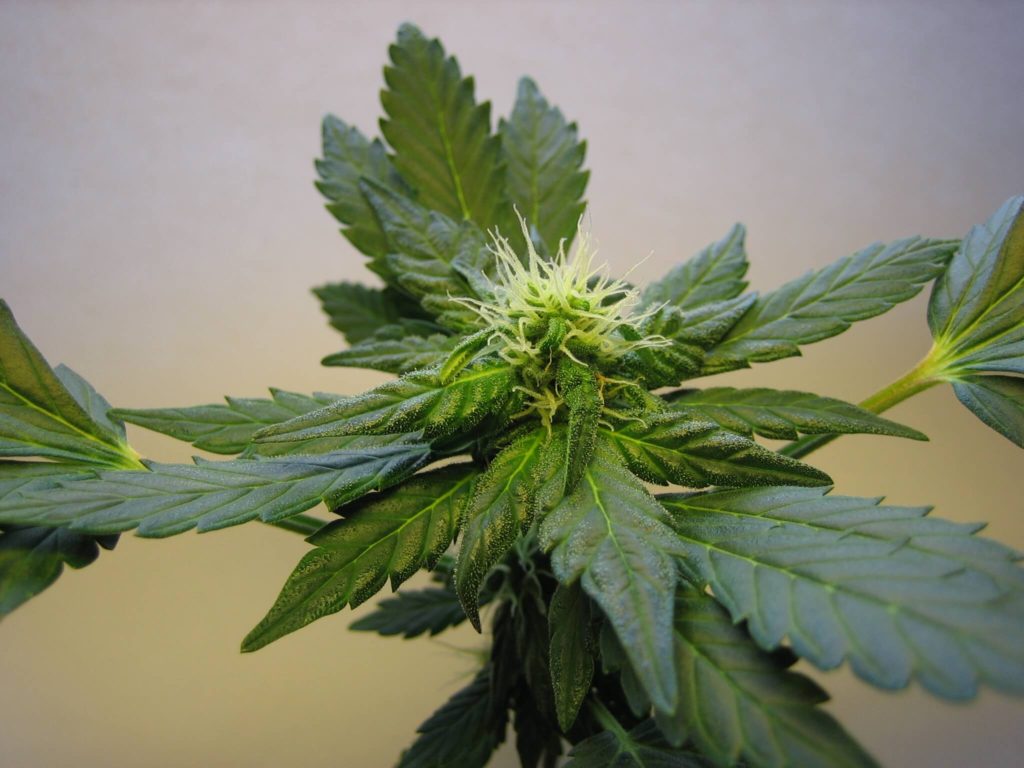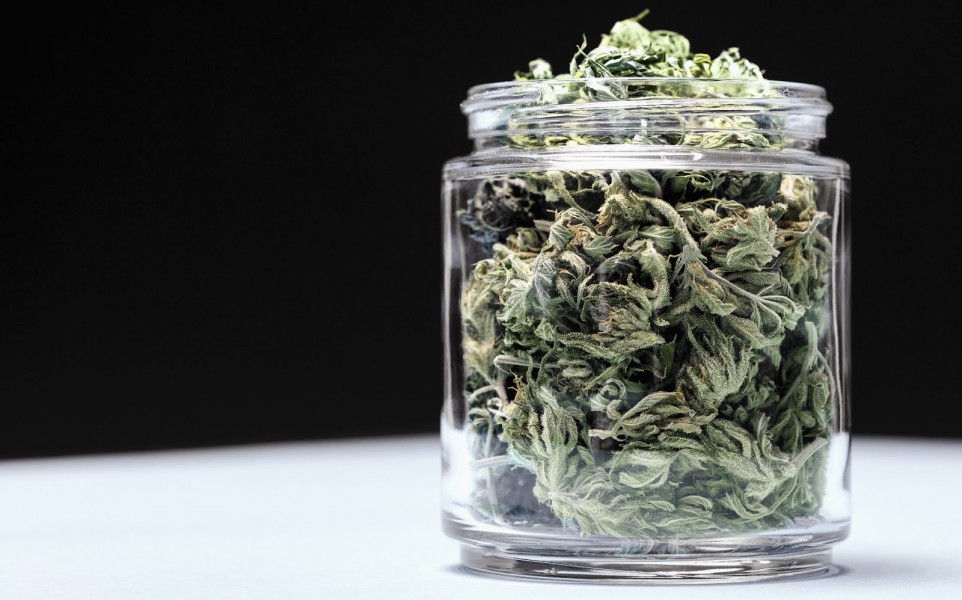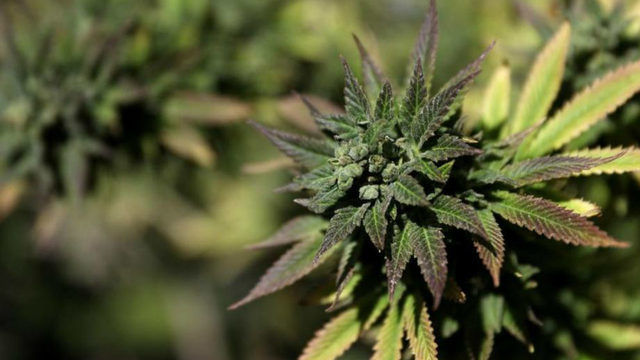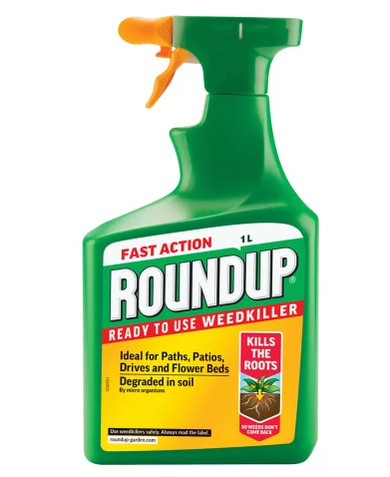Hoop structures bedded with crop residues are becoming increasingly popular for swine production in the northcentral United States. Compost made from bedding materials and swine manure can be used as a soil amendment. A 3-yr field experiment was conducted in Boone, IA, to determine how composted swine manure affected selected soil characteristics and nutrient uptake, growth, and seed production of corn and three weed species (giant foxtail, velvetleaf, and common waterhemp) grown in mixture with corn. Two soil management systems, designed to provide equivalent amounts of N to corn, were compared: one that received composted manure and an average of 118 kg N ha−1 as synthetic fertilizer and another that received no composted manure and an average of 143 kg N ha−1 as synthetic fertilizer. Soil organic matter, P, K, and early-season NO3-N levels were greater in the ( ) compost system. The N concentration of velvetleaf shoots, the P concentration of giant foxtail and common waterhemp shoots, and the K concentration of shoots of all three weed species also were greater in the ( ) compost system. Compost application consistently increased common waterhemp height, common waterhemp biomass, and velvetleaf height, but increased velvetleaf biomass in only 1 yr and had no effect on giant foxtail height or biomass. Measurements of weed seed production, conducted in the final year of the study, showed that compost increased velvetleaf and common waterhemp seed production but had no effect on giant foxtail seed production. Compost consistently increased corn height and leaf K concentration but generally had no effect on corn yield. Results of this study indicate that large differences can exist among crop and weed species in their response to soil amendments. Depending on the weed species present, use of composted swine manure may increase requirements for weed management in corn production systems.
Credit: bioone.org













